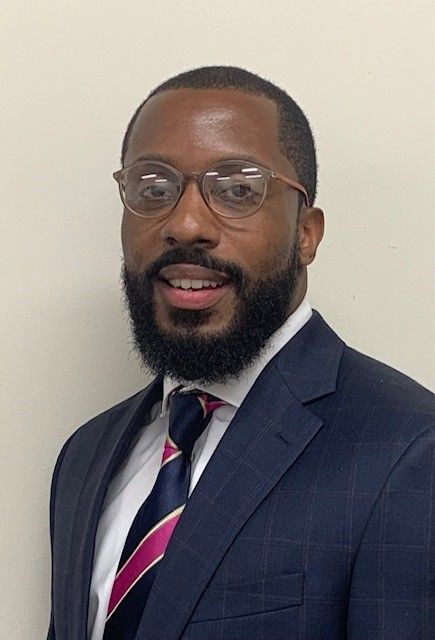Issues Employers Should Be Aware of in Light of the Facebook Case

Facing Whistleblower Concerns
Facebook is currently in very murky waters with both the federal government and with its users. Employers should pay attention to the multitude of issues surrounding this matter to better understand potential exposure and develop a response plan.
On Oct. 5, after leaking sensitive Facebook documents to the media and the Securities Exchange Commission, whistleblower Frances Haugen testified before Congress. Haugen’s testimony provided the Senate subcommittee with a glimpse into how Facebook’s policies negatively impact the mental health of its users, particularly children; creates political and social discord; and undercuts democratic ideologies.
Although dealing with public and agency scrutiny is not uncharted territory for Facebook after facing similar allegations during the last two presidential elections, these newly raised allegations of misconduct appear to be especially worrisome because Haugen was a Facebook insider. Haugen was employed in a department within Facebook tasked with investigating how the platform’s algorithm spreads misinformation and how the network was being used by our nation’s foreign rivals. In short, Haugen is believable, credible, and convincing because her allegations amount to Facebook disbanding and ignoring the work of herself and her colleagues in the pursuit of financial growth.
In a recent NPR interview, attorney Andrew Bakaj, who represents Haugen, stated that “we have made lawful, protected disclosures to the Securities and Exchange Commission and to Congress. Such disclosures are protected both by law and Facebook’s own internal policies.”
Bakaj correctly states that federal whistleblower protections afford employees and ex-employees a broad range of legal protections for alerting law enforcement, the SEC, and Congress of potential malfeasance. Typically, employers have no legal recourse if that’s the only thing a whistleblower does to report potentially incriminating information. In fact, a Facebook representative told the Senate subcommittee that the company won’t retaliate against the whistleblower for speaking to Congress.
Lessons Employers Should Learn from the Facebook Whistleblower Fiasco
Employees who come forward to the SEC and/or government regarding perceived misconduct are often covered by federal whistleblower protections and other laws, like wrongful termination in violation of public policy. In a 2014 decision, the U.S. Supreme Court held that privately owned companies, in addition to publicly traded companies, may be subject to whistleblower liability if they retaliate against an employee or former employee who reports malfeasance to the appropriate agencies.
Massachusetts, like most states, adheres to the at-will employment model. The at-will employment doctrine allows an employer or an employee to terminate the employment relationship at any time, for any reason, with or without cause or notice. However, in addition to federal whistleblower protections, employees are afforded additional protections under state law.
Commonly referred to as ‘wrongful discharge,’ wrongful termination in violation of public policy is a sort of catch-all, judge-made rule that prohibits employers in many states from firing an employee who opposes or refuses to participate in certain unlawful or unethical activities. In Massachusetts, an employee has a viable claim for wrongful discharge if they have a reasonable belief that they are preventing a violation of law. An employee who complains internally that his employer allegedly violated a criminal statute will, more often than not, have a claim for wrongful violation of public policy.
Employers must be conscious of when employees make complaints about possible violations of the law, and be cautious of terminating employees who refuse to conform to a company policy or engage in some action because they believe they are preventing a violation of law.
However, the tide turns when an employee takes things a step further and disseminates confidential information to the media or a competing organization. In the situation of Facebook, before Haugen resigned from Facebook, she copied thousands of pages of confidential documents and shared them with the SEC and Congress, but also with the Wall Street Journal, which in turn, authored a series of articles containing the classified information. Although sharing the information with the Journal does not make Haugen’s actions any less heroic, it may muddy the waters when it comes to what protections she is afforded under whistleblower protection and applicable state law.
Releasing information to media outlets or competing organizations can be in violation of many non-disclosure agreements entered into between the employee and employer during the onboarding process. Because most non-disclosure agreements exclude disclosure only to agencies like the SEC and Congress, employers can explore legal recourse through vehicles like breach-of-contract claims. Typically, non-disclosure agreements require employees to return or destroy confidential documents prior to or immediately after either party terminates the employment relationship. Essentially, non-compete agreements are structured to allow employees to utilize their legal right to report potentially illegal activity or policies within their company while protecting the employers’ legal rights and interest by limiting the types of disclosures allowed.
Should an employer choose to pursue a claim against an employee or former employee for exceeding the bounds of protected activities as outlined by whistleblower regulations and state laws, the employer may seek as damages any severance paid at the time of departure, private pension accrued by the former employee, stock options paid in connection to employment, and general monetary damages.
If you find yourself as an employer in a similar situation, be sure to consult with your labor employment counsel before moving forward with any employment action.
Jeremy Saint Laurent, Esq. is a litigation attorney who specializes in labor and employment law matters at the Royal Law Firm LLP, a woman-owned, women-managed corporate law firm that is certified as a women’s business enterprise with the Massachusetts Supplier Diversity Office, the National Assoc. of Minority and Women Owned Law Firms, and the Women’s Business Enterprise National Council; (413) 586-2288; jsaintlaurent@theroyallawfirm.com.
This article was published in BusinessWest. Click here.







